This week’s theme is summer squash. Our “Growing Minds Day by Day” educational resource lists are designed for families and educators.
Growing Minds Day by Day
Summer Squash
Summer squash is Growing Minds’ Get Local product of the month for June! Common varieties include zucchini, yellow crookneck squash, and patty pan squash. Summer squash are members of the cucurbit (or gourd) plant family, along with winter squash, pumpkins, watermelon, cucumber, cantaloupe, chayote, bitter melon, and more. Plants in this family are grown in tropical and temperate areas and are usually frost-sensitive. The annual vines feature sticky, curling tendrils that help the plants to climb up trellises and other structures, and the flowers are generally large and yellow. While winter squash plants typically sprawl on long vines, summer squash are often bush-shaped and better-suited for growing in small spaces. The plants grow vigorously in the heat of summer, making them a fruitful addition to the garden.
 Book:
Book:
Carlos and the Squash Plant / Carlos y la planta de calabaza
This week’s first book recommendation is Carlos and the Squash Plant / Carlos y la planta de calabaza by Jan Romero Stevens. This bilingual story is printed in both English and Spanish. Carlos spends his days working in his family’s garden in New Mexico. Each evening, his mother instructs him to take a bath before coming to the dinner table. See what happens as, day after day, Carlos refuses to wash the dirt from his body, specifically from inside his ears! Watch a read-aloud of this book in English, then watch a read-aloud in Spanish. You’ll also find a recipe for calabacitas at the end of the book.
Next, watch a read-aloud of the short rhyming story Mrs. McNosh and the Great Big Squash by Sarah Weeks. Every gardener knows that squash plants grow very quickly. But just how big will Mrs. McNosh’s squash get, and what trouble will it cause as it grows bigger and bigger?
Find more books
Looking for more garden-themed children’s books? Visit the Growing Minds’ farm to school literature database to browse our recommendations. Type “vegetables” or “summer” into the search bar to find books that align with this week’s theme. Type “diversity” into the search bar to find books that feature characters from underrepresented racial and ethnic groups, many of which are written by authors of color.
 Local Food Recipe:
Local Food Recipe:
In June it’s off to the races for many types of veggies in the garden! Green beans, peas, beets, cucumbers, turnips, and radishes are all maturing. Zucchini and summer squash are also becoming prolific, often coming in at a faster pace than they can be used. Try harvesting the blossoms for stuffing, fried fritters, or as a soup garnish to decrease the vines’ production. Look for healthy flowers with slender stems and cut, leaving one inch of stem. Rinse in a bowl of cool water, gently shake dry and use within 24 hours.
Zucchini and other summer squash can grow very large very quickly. They’re best harvested when 6-8 inches long. As they get larger, the seeds and rind will get tougher. While larger squash aren’t the best for eating raw, they can be grated and used for fritters (like the ones featured below), or baked into zucchini breads or muffins.
Whip up a batch of tasty squash fritters using summer squash from your garden, or from a local farmers market. Locally grown summer squash starts showing up at markets in our Appalachian Grown region in June. Don’t forget to let your kids help prepare this dish! By helping out in the kitchen, children practice following directions, learn how to cooperate to complete a task, and hone their fine motor skills.
Kids can…help grate the squash and cheeses, beat the eggs, and measure the ingredients.
Squash Fritters
Ingredients:
- 2 cups local summer squash, grated
- 2 local eggs, beaten
- ¼ cup chopped onion
- ½ cup all purpose flour
- ½ cup grated Parmesan cheese
- ½ cup shredded mozzarella cheese
- salt and pepper to taste
- 2 Tbsp. vegetable oil
Directions:
- In a medium bowl, combine the squash, eggs, onion, flour, and cheeses. Add salt and pepper to taste. Stir well enough to distribute the ingredients evenly.
- Heat a small amount of oil in a skillet over medium-high heat. Drop squash mixture by heaping tablespoons onto skillet and cook for a few minutes on each side until golden. Serve warm.
Editor’s Note: These delicious fritters can also be baked in the oven. Preheat the oven to 375°F. Spray a baking sheet with cooking spray. Drop squash mixture by heaping tablespoons onto the baking sheet. Bake for 12 minutes, then flip fritters and bake for 5 more minutes until golden brown.
 Educational Resources:
Educational Resources:
It’s not too late to plant your own Three Sisters Garden this year. The Three Sisters gardening method is a Native American companion planting technique that typically features three crops that were historically important to many indigenous tribes: corn, beans, and squash. While many native peoples used this technique, the tradition of referring to these crops as the “three sisters” comes to us from the Haudenosaunee (pronounced Ho-deh-no-shaw-nee), also known as the Iroquois tribe.
The crops are planted together, with each serving a unique and complementary purpose in the garden. As legumes, the beans fix (or transfer) nitrogen from the air to the soil for use by the other crops, while the tall, sturdy corn stalks provide a trellis for the vining beans to grow on. Finally, the large squash leaves shade the ground, suppressing weeds and conserving soil moisture. Sometimes sunflowers are planted as a trellis in lieu of corn, or in addition to corn to help attract pollinators to the garden.
Visit Native Seeds/SEARCH to dive into the Three Sisters planting technique, view planting plans and tips on which varieties to grow, and find out how this tradition was applied by indigenous peoples of the Southwestern US. Delve deeper by reading about some of the young Cherokee chefs who are working to research and celebrate pre-European Cherokee and Eastern US Woodlands culinary traditions.
Click here for a Three Sisters fourth grade lesson plan created by Portland Partners for School Food and Nutrition Education. While the lesson plan references tribes native to Oregon, it could be easily adapted for other regions.
 Activities:
Activities:
Squash Observation: Over the course of a few days, observe the growth of two or three zucchini or summer squash fruits in the garden with your children. Measure the length of the fruits daily and record your observations in a garden journal (older children could also measure the diameter using a cloth tape measure or string). Count how many days it takes for a zucchini to grow from a small size to a larger size. After a few days of observation, harvest several squash of different sizes. Have children hold, lift, and guess the different weights of the squashes. As they guess, arrange them by weight, from lightest to heaviest. If you have a scale, you can weigh the squash and see if your children’s predictions were correct. Children can trace or draw pictures of the harvested squash in their garden journals.
Edible Sculptures: Children will discover the tastes and textures of new vegetables by making an edible sculpture. To prepare this activity, wash and cut vegetables into a variety of shapes (round slices, long pieces, chunks, etc.). Arrange vegetables across the table on platters or plates. Set out toothpicks and cutting boards to use as work stations. You could start out by working together to build a sculpture, like the cute summer squash and carrot duck featured here. Once their creative juices are flowing, children can create their own unique sculptures. Find the full lesson plan for this activity on pages 32 and 33 of our Growing Minds at Market Manual.
Squash Stamps: Slice squash, zucchini, and patty pan squash into geometric shapes (patty pans have a unique shape that makes for easy suns and flowers when sliced in half). Let children dip the shapes in watercolor or acrylic paint and stamp garden scenes or abstract designs on paper.
Energizer! Farm to Table Zucchini Game: Near the garden beds or out in the yard, have children pretend that they are a growing squash seed. Start in a small ball, very slowly unfurling, crouching, and standing. Arms and legs widen as the squash grows bigger, then jump up to be picked by the farmer! Next, choose a route around the garden or yard that represents the road the farmer’s truck takes to the farm stand. Have children run the route to the farm stand, then choose a different route to run from the farm stand to home. Finally, children should arrive at the “table” and stop.
 What’s on your plate?
What’s on your plate?
By completing our Growing Minds “My Plate” lesson, children become familiar with “MyPlate,” the U.S. Department of Agriculture’s nutrition program and teaching tool, which replaced the “food pyramid” guide in 2011. Through an exploration of whole foods, they’ll develop an understanding of good nutrition, food groups, and well-balanced meals. They will be able to identify healthy foods and will be empowered to make good food choices. Explore the history of USDA food guides here.
While the USDA currently uses the MyPlate tool to teach children and adults about healthy eating habits, it’s important to keep in mind that MyPlate is a reflection of common Western eating habits, but is not the only model available for a nutritious diet. After completing the MyPlate lesson with your children, explore the Native American Power Plate, which Chef Lois Ellen Frank, a member of the Kiowa Nation, helped create in order to promote a more traditional plant-powered diet among Native communities. Read more about Chef Frank’s work in this article from Civil Eats.
—
That’s it for this week. Be sure to check back next week for new resources. Click here to access Day by Day resources from past weeks. If you didn’t find what you’re looking for here, be sure to check out our Lesson Plans page.
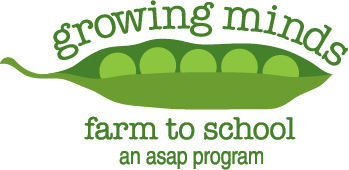
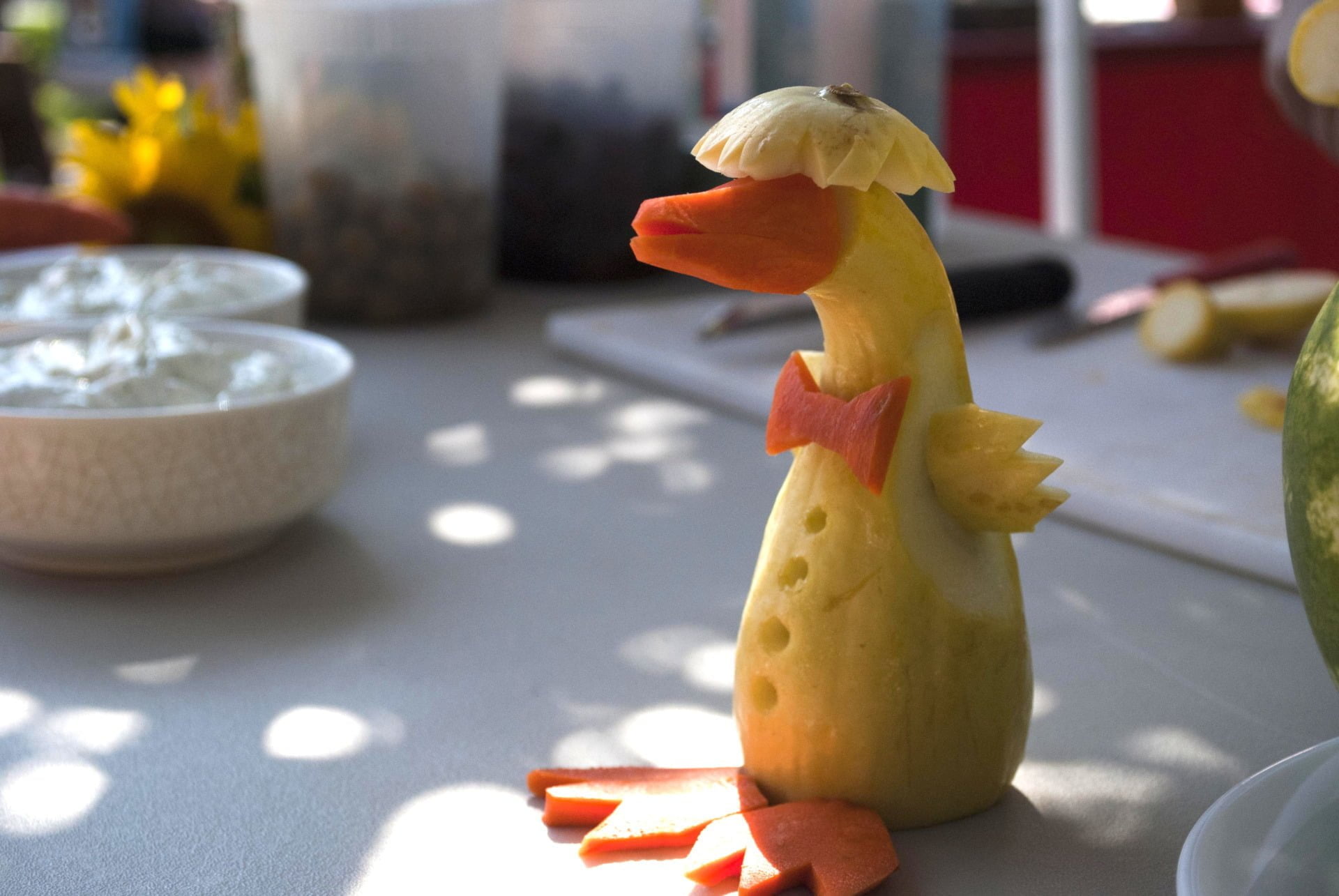
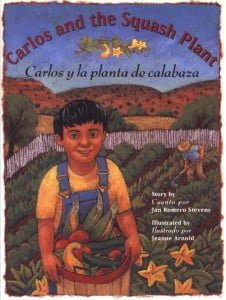 Book:
Book: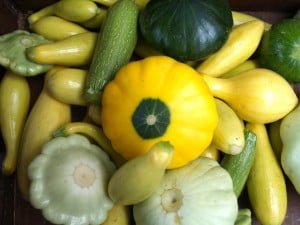 Local Food Recipe:
Local Food Recipe: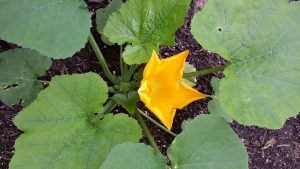 Educational Resources:
Educational Resources: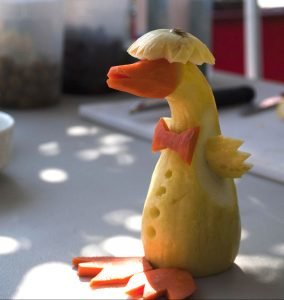 Activities:
Activities: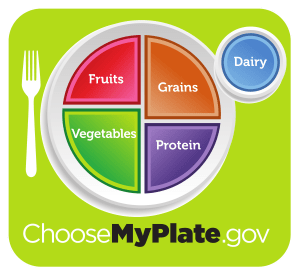 What’s on your plate?
What’s on your plate?